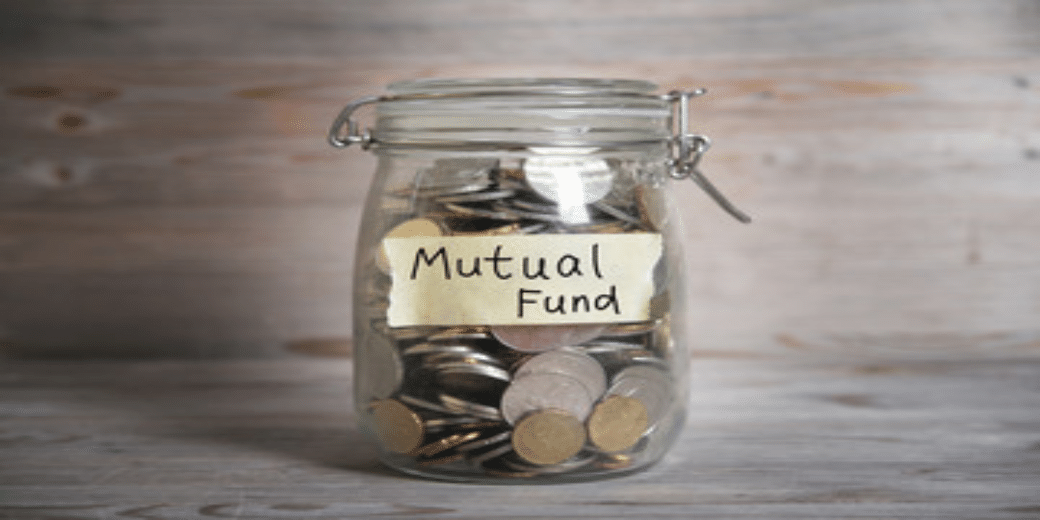What is a Riskometer?
No financial products today are risk-free investments, and so are mutual funds, which also carry different levels of risk.
- Himali Patel
- Last Updated : February 3, 2024, 14:42 IST

What is a Riskometer?
Risk-o-meter in Mutual Funds (MFs) is a pictorial representation of the risk level associated with each MF scheme.
There are 6 different risk levels ranging from low risk to very high risk. Every MF scheme is mandated to assign a risk level based on the methodology defined by Sebi.
Accordingly, from January 01, 2021, the riskometer has six risk groups. The labels of risk level now range from ‘low’ to ‘very high risk.’ Below are the six groups of risk:
6 Levels of Risk in Riskometer:
1. Low Risk: The funds that fall under this category have the least risk due to their underlying securities, making them suitable for individuals seeking capital protection to some extent. 2. Low to Moderate Risk: These are for investors willing to take a bit of risk to get some returns over a medium to long time. Most ultra-short duration funds fall under this category. 3. Moderate Risk: This is ideal for investors who aim to expand their portfolio taking some risks. Most dynamic bond funds fall under this category. 4. Moderately High Risk: These funds hold a somewhat higher level of risk and might suit investors with a slightly higher risk profile. These are for investors willing to accept some uncertainty and greater volatility in exchange for the prospect of achieving higher growth or profitability. 5. High Risk: Funds in this category mainly invest in equities. They are ideal for those willing to take on high risk for prospective gains. 6. Very High Risk: They are extremely risky funds that invest in volatile stocks or overseas mutual fund units. They’re for investors who are likely to invest in high-risk, high-reward investment opportunities.
Source: AMFI
Responsibilities of Fund Houses:
• The riskometer of the fund houses are evaluated on a monthly basis as per Sebi. That said, within ten days of the end of each month, fund houses will be required to define the risk level of their schemes and exhibit it alongside portfolio disclosure.
• In addition, any change in the riskometer must be communicated to unitholders via newspaper publication, SMS, or email.
• Further, the risk level of schemes at the beginning and end of each fiscal year and the number of times the risk level changed during the year shall be disclosed on their website, the AMFI website, and in their Annual Reports.
Check your risk!
Today, there are different types of risks in each category of mutual funds. For instance, equity mutual funds have very high risk attached to them due to their exposure to the stock market. Debt mutual funds fall under the low-risk category, and their risk also differs depending on the type of debt securities the fund manager invests in.
Hybrid mutual funds have moderate risk levels as they balance and blend debt and equity asset allocation. Fund managers also deal with risk while investing in different debt and equity securities. This risk includes inflation, interest, market, credit, and concentration risks.
Lastly, each investor has a different risk-taking appetite. A conservative investor may choose mutual fund products with low to moderately low products. A moderate investor may opt for mutual fund products that have moderate to high, moderate risk that offer more capital appreciation and stability. Lastly, the aggressive investor chooses mutual fund products with high to very high risk attached to them with the potential of receiving higher returns in exchange for higher risks they take.
Why should investors read the riskometer carefully before investing?
Financial experts believes that Riskometer is something that every investor should be seeing and stay aware especially if there are changes. Not able to select a scheme as per the correct risk attached to that fund can lead your mutual fund portfolio to suffer in terms of returns.
Similarly, not able to take action during the change in risk profile of a certain scheme can prove you costly in terms of high volatility and impact on returns. Therefore, as an investor one should constantly evaluate the mutual fund portfolio, checking the sms, email alerts or even keeping up with latest news headlines can work in favour for your portfolio.
“You can be in for a rude surprise especially if it increases the risk from before. It can get more volatile as well. This is a good indicator of where the various schemes of the portfolio lies in terms of risk and where changes need to be done if a investor wants to increase or reduce risk as well,” explained Shweta Jain, CFP, Founder of Investography.
Conclusion
Financial experts firmly believe that a Riskometer is just one factor to consider while making an investment decision. Before making any investment decision, investors should also consider factors such as their investment objectives, investment horizon, and risk tolerance.
At any given point of investment, investors should take help of their financial advisers if they are not sure about the suitability of the product.
Download Money9 App for the latest updates on Personal Finance.
Related
- खुला है निप्पॉन इंडिया का रियल्टी और ऑटो सेक्टर का NFO, 28 नवंबर को होगा बंद
- अब कोचिंग सेंटर नहीं दे पाएंगे भ्रामक विज्ञापन, सरकार ने जारी की नई गाइडलाइन्स
- BOB Card से खरीदारी पर यहां मिल रहा बंपर डिस्काउंट, फ्रिज, टीवी, एसी पर 45,000 रुपये तक बचत
- EPF, ESIC और EPS में बड़े बदलाव की तैयारी में सरकार, बढ़ा सकती है बेसिक सैलरी लिमिट
- वेस्टर्न कैरियर्स के IPO में लगाने जा रहे हैं पैसे? यहां जान लें पूरी डिटेल
- Mercedes-Benz जल्द लॉन्च करेगी नई E-Class कार, सेल्फी कैमरा के साथ मिल रहे हैं कई दमदार फीचर्स

